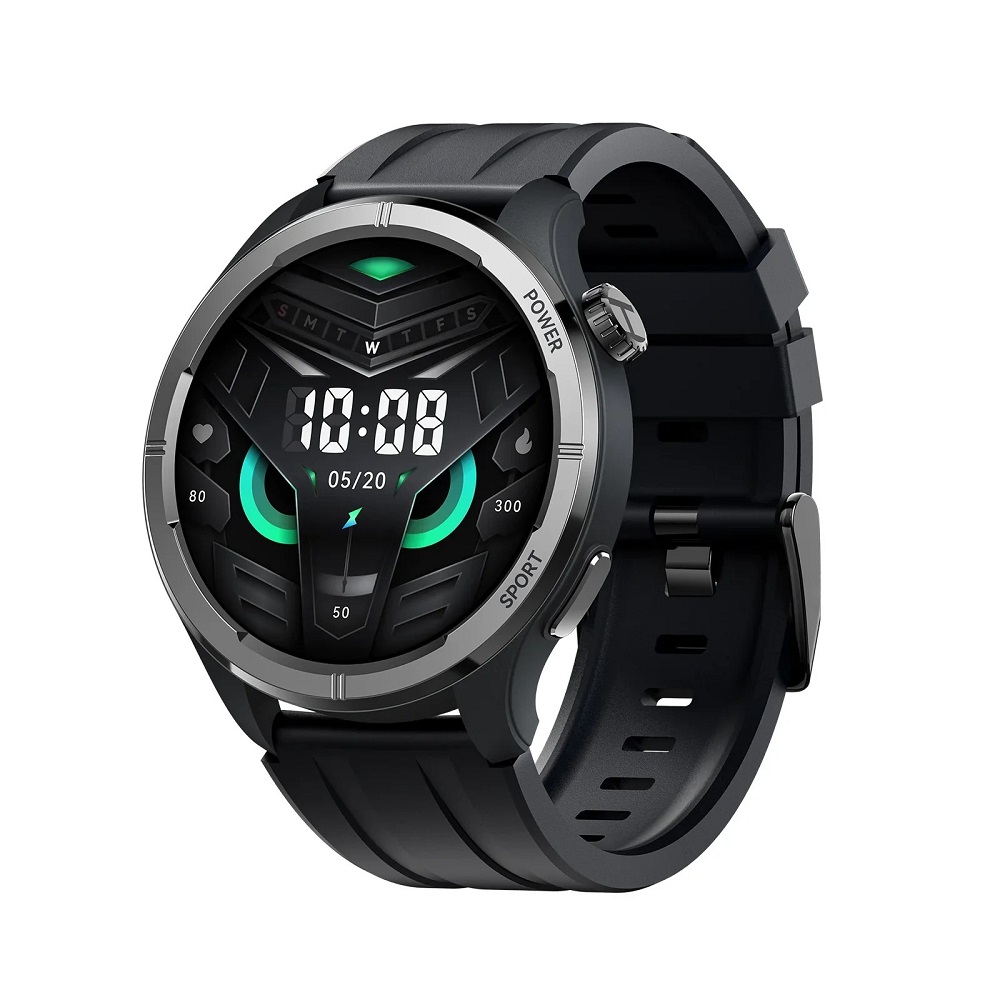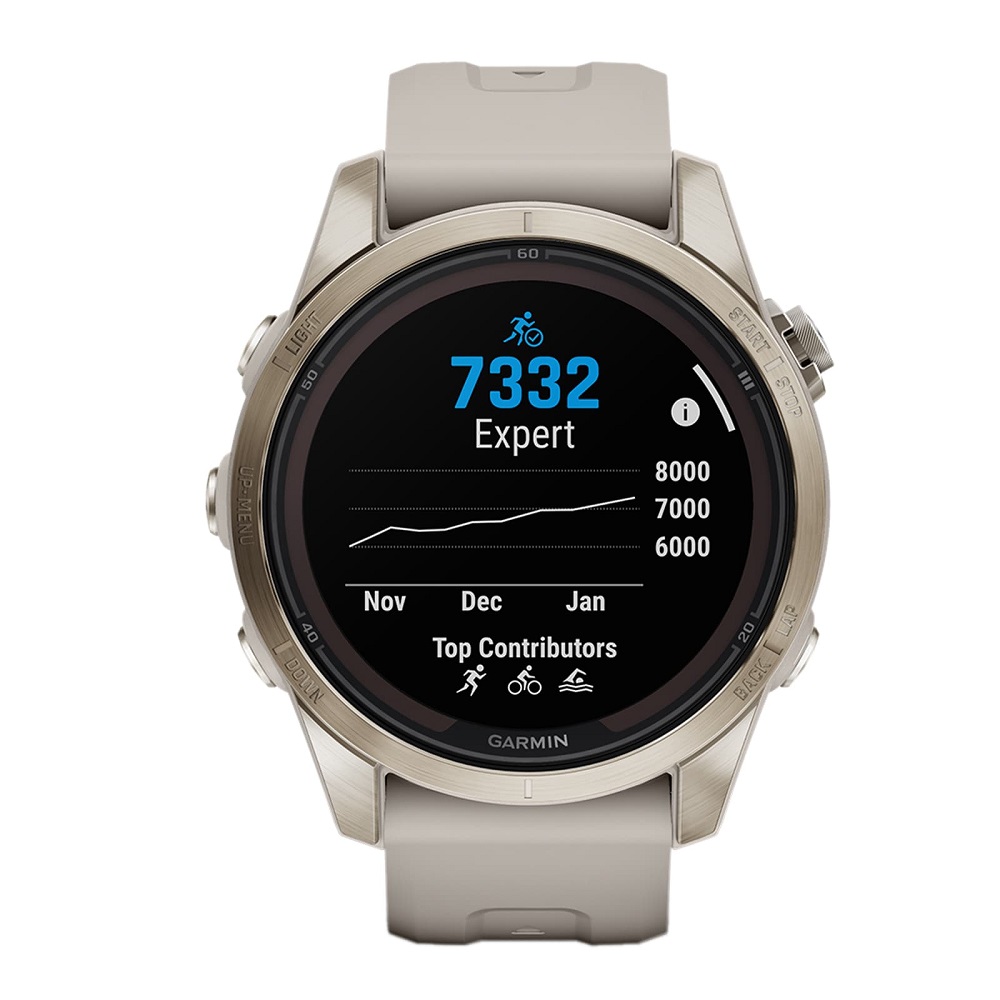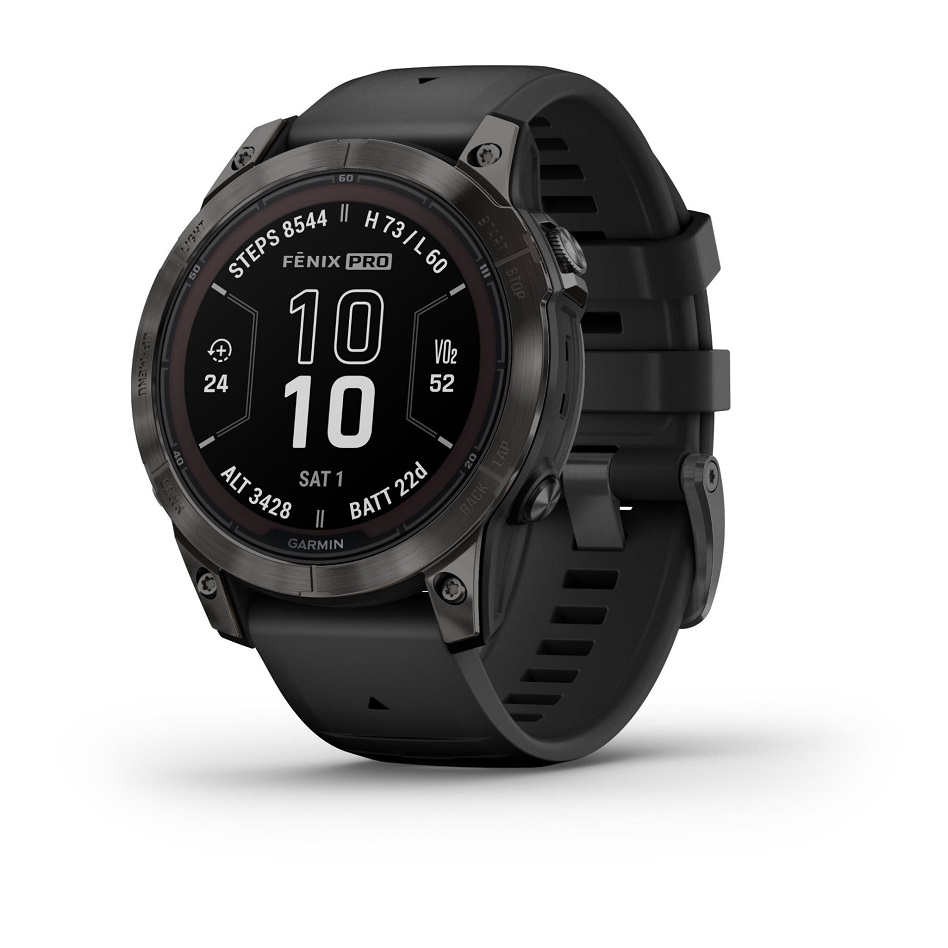Introduction to Solar Smartwatches
The era of wearable technology brings us many innovations, and solar smartwatches are latest to emerge. A solar smartwatch uses sunlight to power itself, extending battery life significantly. This smartwatch variant harnesses solar energy through small solar panels built into the watch face. With users seeking more eco-friendly gadgets, the solar smartwatch is growing in popularity.
Definition and Basic Operation
A solar smartwatch, at its core, is a digital watch with smart features powered by solar energy. Solar cells capture light, convert it into electricity, and store it in a rechargeable battery. These watches perform various functions, like timekeeping, notifications, fitness tracking, and more, depending on the model.
The Evolution of Smartwatch Technology
Smartwatch technology has evolved rapidly since its introduction. From basic timepieces with limited digital features, we now have advanced devices. They not only show time but connect to the internet, run apps, and track health. The solar smartwatch is the next step, promising a greener future for wearables. It combines high-tech functionality with sustainability, offering a glimpse into tomorrow’s tech landscape.
Key Features of Solar Smartwatches
Solar smartwatches stand out due to their unique features. Understanding these features helps gauge how they compare to traditional wearables.
Battery Life and Solar Charging
The defining trait of a solar smartwatch is its solar charging capability. This feature significantly extends the watch’s battery life. Solar panels on the watch face absorb sunlight and convert it into electrical energy. This energy either powers the watch directly or stores it in the watch’s battery. Users can enjoy longer periods between charges, making solar smartwatches ideal for outdoor and travel enthusiasts.
Fitness and Health Tracking Capabilities
Besides solar functionality, these smartwatches offer robust fitness and health monitoring tools. They track steps, heart rate, sleep patterns, and more. Some models even provide GPS tracking and environment-based suggestions to improve workouts. Such features make them an excellent choice for health-conscious individuals.
Comparing Solar and Traditional Smartwatches
When examining solar smartwatches alongside their traditional counterparts, distinct differences arise, particularly in terms of cost-efficiency and eco-friendliness, as well as their performance and reliability in various environments.
Cost-Efficiency and Eco-Friendliness
Solar smartwatches offer a significant advantage in terms of cost-efficiency. By utilizing sunlight for power, they can reduce or even eliminate the need for frequent battery replacements. This not only saves money over time, but also supports eco-friendly practices by minimizing battery waste. Traditional smartwatches, on the other hand, require regular charging or battery changes, leading to higher long-term costs and environmental impact.
Eco-friendliness is another key consideration. Solar smartwatches harness renewable energy, contributing to reduced carbon footprints. As users become more environmentally conscious, the appeal of solar-powered wearables grows, aligning with sustainable living values.
Performance and Reliability in Different Environments
Solar smartwatches excel in outdoor conditions where sunlight is abundant. Their solar charging capability ensures the watch remains operational even in remote locations, making them ideal for adventurers and travelers. Traditional smartwatches may struggle with battery life in such scenarios, requiring access to power sources for charging.
In environments where lighting is limited, some may question the reliability of solar smartwatches. However, modern solar smartwatches have improved their efficiency, often capable of charging with artificial light sources, thus maintaining performance across a range of conditions. Traditional smartwatches offer consistent performance, as long as a power source is nearby, but lack the environmental benefits and potential for extended battery life that solar smartwatches provide.
Design and Aesthetics
The design of solar smartwatches is not just about function. Aesthetics play a crucial role. Users seek devices that blend tech with style. Designers face the challenge of integrating solar panels without compromising on looks. The result is a range of sleek and modern timepieces that cater to various tastes.
Material and Build Quality
Solar smartwatches demand durable materials to withstand exposure to the elements. The most common materials used are titanium, stainless steel, and scratch-resistant glass. These materials ensure longevity and protect the delicate solar cells. High-end models may feature waterproofing and enhanced durability for extreme conditions.
Style Variations and Customization Options
Manufacturers offer solar smartwatches in multiple styles. From sporty to sophisticated, there’s a design for every wrist. Some brands offer customization options. This might include interchangeable straps or customizable watch faces. The aim is to give users a personal touch to their eco-friendly gadgets.
Major Brands and Market Players
The market for solar smartwatches is becoming increasingly competitive with several key players. Big tech companies work alongside innovative startups to shape the future of eco-friendly wearables.
Innovations from Leading Tech Companies
Established tech giants are pioneering the solar smartwatch industry with groundbreaking innovations. They are pushing the boundaries in solar energy efficiency, design, and functionality. Some notable advancements include solar panels that blend seamlessly into the watch face and the use of high-efficiency materials that capture more light. Such innovations make solar smartwatches not just practical, but also a statement of cutting-edge technology.
Upcoming Startups in the Solar Smartwatch Space
New players are entering the space with fresh perspectives and unique solutions. Startups often focus on niche markets, offering specialized features or targeting specific consumer groups. Their agility allows them to innovate quickly, introducing features like customizable solar charging settings or pioneering new ways to integrate solar technology into traditional watch designs. Their contributions are vital for the growth and diversification of the solar smartwatch market, encouraging continued innovation and adoption.
Consumer Insights
Gaining insights from consumers provides valuable information about the usability and appeal of solar smartwatches.
User Experiences with Solar Smartwatches
Users of solar smartwatches often share positive experiences about their devices. Many highlight the convenience of less frequent charging due to the solar power feature. They appreciate the freedom it offers, especially during outdoor activities or travel. Some express satisfaction with the environmental aspect, feeling good about using a renewable energy source. However, a few users mention challenges in low-light conditions, suggesting that these watches are best suited for daytime or well-lit environments.
Market Trends and Consumer Preferences
The market for solar smartwatches is witnessing a growing trend towards eco-friendly technology. Consumers are increasingly aware of sustainability and prefer gadgets that minimize environmental impact. This shift is influencing manufacturers to focus on green technologies. Additionally, there is a rising demand for wearables that combine functionality with style. Users seek smartwatches that not only perform well but also look good and offer customization options. This trend is guiding the development and marketing strategies of many tech brands.
Environmental Impact and Sustainability
When considering the broader implications of wearing technology, environmental impact, and sustainability come to the fore. The solar smartwatch, with its innovative approach to power consumption, has the potential to make a meaningful contribution to environmental conservation.
Contribution to Reducing Electronic Waste
The advent of the solar smartwatch represents a leap towards reducing electronic waste. By tapping into the power of sunlight, these watches can significantly decrease the need for disposable batteries. This shift can play a critical role in lessening the pile-up of hazardous waste from traditional batteries. Further, with longer lifespans, solar smartwatches might not need to be replaced as often as their traditional counterparts, further minimizing e-waste.
Future Outlook on Renewable Energy in Wearables
Looking ahead, the integration of renewable energy into wearables seems promising. Solar smartwatches are just the beginning. Industry researchers and product developers are poised to explore even more ways to harness clean energy sources. This will likely lead to wearables that are even more energy-efficient and environmentally friendly. As consumer demand for sustainable products grows, we can expect to witness more renewable energy-powered devices enter the market.
Closing Thoughts
As we conclude our exploration of solar smartwatches, it’s clear these devices offer more than just timekeeping. They are a testament to innovation, sustainability, and style. From the seamless integration of solar panels to their fitness and environmental benefits, solar smartwatches signal a shift towards eco-conscious wearable technology.
Summary of Solar Smartwatch Benefits
Solar smartwatches excel with several advantages. They provide extended battery life through solar charging and stand as a greener alternative to regular smartwatches. Fitness enthusiasts appreciate their health tracking features. Moreover, their variety in design caters to fashion-forward users. The key benefits include:
- Reduced charging frequency thanks to solar energy
- Lower environmental impact, supporting sustainable living
- Diverse fitness and health monitoring tools for a healthier lifestyle
- Multiple design options offering both function and style
Future Potentials and Developments
The potential for solar smartwatches continues to grow. We might see advances in solar efficiency and further integration with renewable energy sources. Market trends suggest consumer demand for such eco-friendly devices will only increase. Upcoming developments may bring:
- Enhanced solar charging capable of low-light performance
- Even more robust fitness features to support wellness
- Customization to match personal preferences and styles
- Stronger, more durable materials for greater longevity
The future of wearable technology is bright, with solar smartwatches leading the way towards a more sustainable, efficient, and versatile era of devices.



